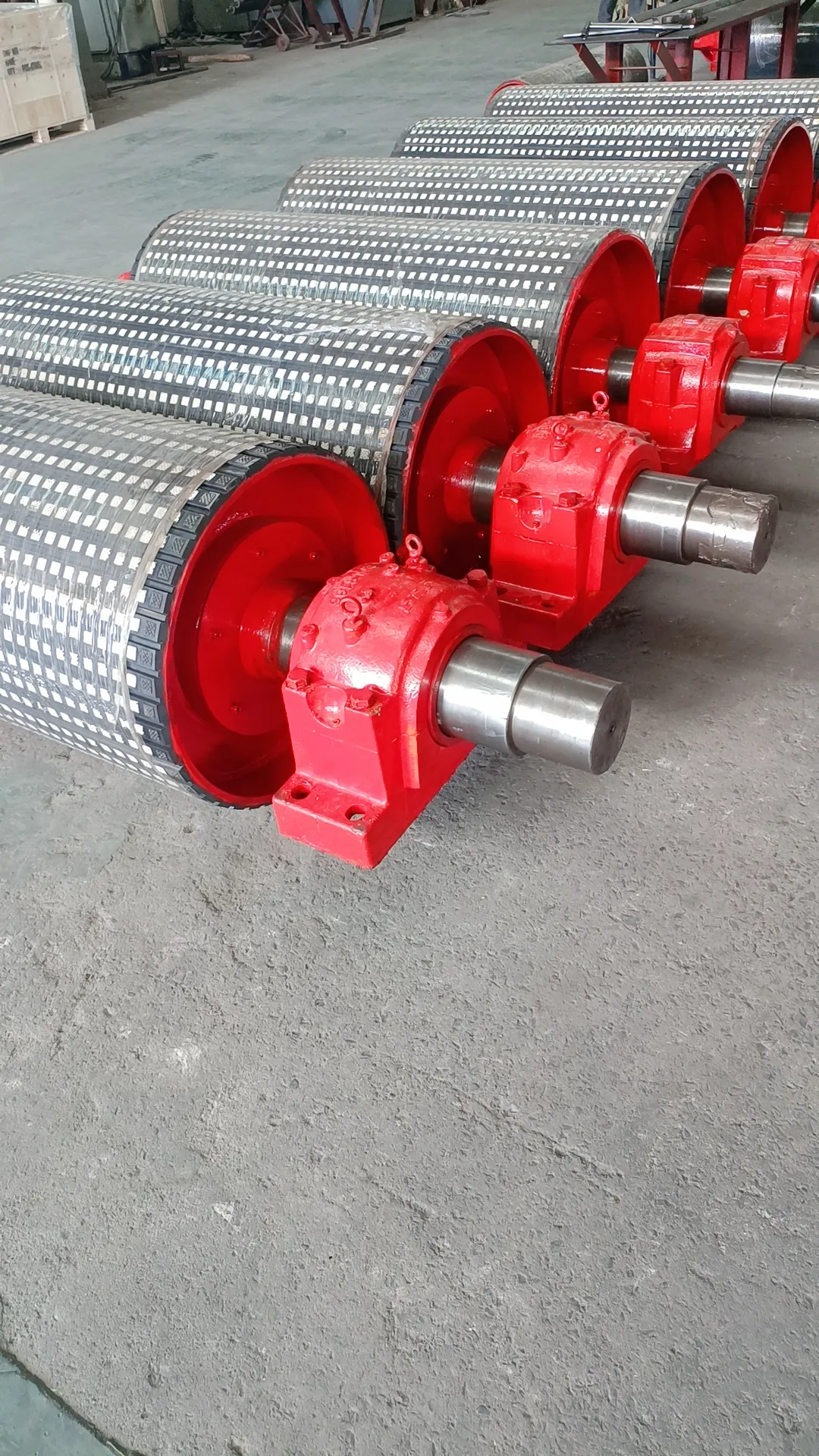 Afrikaans
Afrikaans  Albanian
Albanian  Amharic
Amharic  Arabic
Arabic  Armenian
Armenian  Azerbaijani
Azerbaijani  Basque
Basque  Belarusian
Belarusian  Bengali
Bengali  Bosnian
Bosnian  Bulgarian
Bulgarian  Catalan
Catalan  Cebuano
Cebuano  Corsican
Corsican  Croatian
Croatian  Czech
Czech  Danish
Danish  Dutch
Dutch  English
English  Esperanto
Esperanto  Estonian
Estonian  Finnish
Finnish  French
French  Frisian
Frisian  Galician
Galician  Georgian
Georgian  German
German  Greek
Greek  Gujarati
Gujarati  Haitian Creole
Haitian Creole  hausa
hausa  hawaiian
hawaiian  Hebrew
Hebrew  Hindi
Hindi  Miao
Miao  Hungarian
Hungarian  Icelandic
Icelandic  igbo
igbo  Indonesian
Indonesian  irish
irish  Italian
Italian  Japanese
Japanese  Javanese
Javanese  Kannada
Kannada  kazakh
kazakh  Khmer
Khmer  Rwandese
Rwandese  Korean
Korean  Kurdish
Kurdish  Kyrgyz
Kyrgyz  Lao
Lao  Latin
Latin  Latvian
Latvian  Lithuanian
Lithuanian  Luxembourgish
Luxembourgish  Macedonian
Macedonian  Malgashi
Malgashi  Malay
Malay  Malayalam
Malayalam  Maltese
Maltese  Maori
Maori  Marathi
Marathi  Mongolian
Mongolian  Myanmar
Myanmar  Nepali
Nepali  Norwegian
Norwegian  Norwegian
Norwegian  Occitan
Occitan  Pashto
Pashto  Persian
Persian  Polish
Polish  Portuguese
Portuguese  Punjabi
Punjabi  Romanian
Romanian  Russian
Russian  Samoan
Samoan  Scottish Gaelic
Scottish Gaelic  Serbian
Serbian  Sesotho
Sesotho  Shona
Shona  Sindhi
Sindhi  Sinhala
Sinhala  Slovak
Slovak  Slovenian
Slovenian  Somali
Somali  Spanish
Spanish  Sundanese
Sundanese  Swahili
Swahili  Swedish
Swedish  Tagalog
Tagalog  Tajik
Tajik  Tamil
Tamil  Tatar
Tatar  Telugu
Telugu  Thai
Thai  Turkish
Turkish  Turkmen
Turkmen  Ukrainian
Ukrainian  Urdu
Urdu  Uighur
Uighur  Uzbek
Uzbek  Vietnamese
Vietnamese  Welsh
Welsh  Bantu
Bantu  Yiddish
Yiddish  Yoruba
Yoruba  Zulu
Zulu An Article 360° Understanding Of Ceramic Lagging Pulleys
ceramic lagging pulley is a key component used in industrial belt conveyor systems. Compared with traditional metal or rubber-coated pulleys, ceramic pulleys have superior performance and show significant advantages in improving transmission efficiency and reducing downtime. The reason why ceramic coated pulleys are so popular is mainly due to their high wear resistance, strong corrosion resistance and long life. These characteristics make them widely used in different industrial applications, especially in mining, building materials and In heavy manufacturing.

Introduction to ceramic lagging pulley
First of all, for mining, ceramic lagging pulleys can effectively cope with harsh working environments. Conveying systems in the mining industry often face extreme conditions such as high humidity, high temperatures and frequent friction of large ores. In this case, traditional metal pulleys are susceptible to wear, resulting in a decrease in efficiency, but ceramic coated pulleys can maintain good working condition during long-term operation due to their excellent wear resistance. In addition, the corrosion resistance of ceramics can also prevent rust problems in humid environments, further extending the service life of the drum.
In the building materials industry, ceramic lagging pulleys can significantly improve transmission efficiency. The powdery and granular materials involved in the building materials industry have strict requirements on the conveying speed and stability of the conveying system. The high friction coefficient of the ceramic pulley ensures close contact between the conveyor belt and the pulleys, thereby preventing the conveyor belt from slipping. In this way, it not only increases the conveying speed, but also ensures the continuity and stability of material conveying, and reduces losses caused by downtime.
ceramic lagging pulley applications
Heavy-duty manufacturing also benefits from the use of ceramic lagging pulleys. The large equipment and materials used in heavy-duty manufacturing often place stringent demands on the performance of conveyor systems. The high hardness and long life of ceramic pulleys ensure that they can operate under frequent heavy load conditions without being damaged. In addition, the good heat dissipation performance of ceramic materials allows the heat generated during transportation to be quickly dissipated to avoid overheating of the equipment, thereby further improving the stability and safety of the system.
From an economic perspective, although the initial investment of ceramic lagging pulleys is higher, their long life and low maintenance costs make the total cost of ownership (TCO) more competitive. This one-time investment avoids the high maintenance costs and downtime of frequent replacements. Especially in some industries that have extremely high requirements on production continuity, such as mining and heavy manufacturing, the return on investment in ceramic pulleys is obvious. In long-term applications, the stability and reliability of ceramic pulleys can not only bring direct economic benefits, but also improve the company's production efficiency and market competitiveness.
Finally, the environmental performance of ceramic lagging pulleys is also one of the reasons why they are gradually becoming more widely accepted. Because ceramic materials can be recycled and reused, and are not prone to harmful chemicals and waste during the entire use process, the negative impact on the environment is reduced. As environmental regulations and standards become increasingly stringent, companies are also looking for equipment and materials that can meet sustainability goals. The advantages of ceramic pulleys in this regard make them ideal for meeting the needs of modern industry.
To sum up, ceramic lagging pulleys are gradually replacing traditional metal and rubber pulleys in various industrial fields due to their excellent wear resistance, corrosion resistance, long life and environmental protection performance. Whether in mining, building materials or heavy manufacturing, ceramic pulleys have demonstrated their unique advantages and broad application prospects. For enterprises, investing in ceramic lagging pulleys is not only a choice to improve production efficiency, but also a wise move to achieve long-term economic benefits and environmentally friendly development.
-
Impact Roller for Belt Conveyor – Durable Solutions for IndustryNewsNov.24,2025
-
Rubber Conveyor Rollers – Quiet, Durable, Sealed BearingsNewsNov.24,2025
-
Industrial Conveyor Belt Rollers: Durable Solutions for Harsh EnvironmentsNewsNov.24,2025
-
Idler Rollers for Belt Conveyors | Durable, Low-Noise OEMNewsNov.24,2025
-
Durable Rubber Conveyor Belt Rollers for Industrial UseNewsNov.24,2025
-
Ceramic Lagging Conveyor Pulley – Anti-Slip, Wear-ResistantNewsNov.17,2025





























